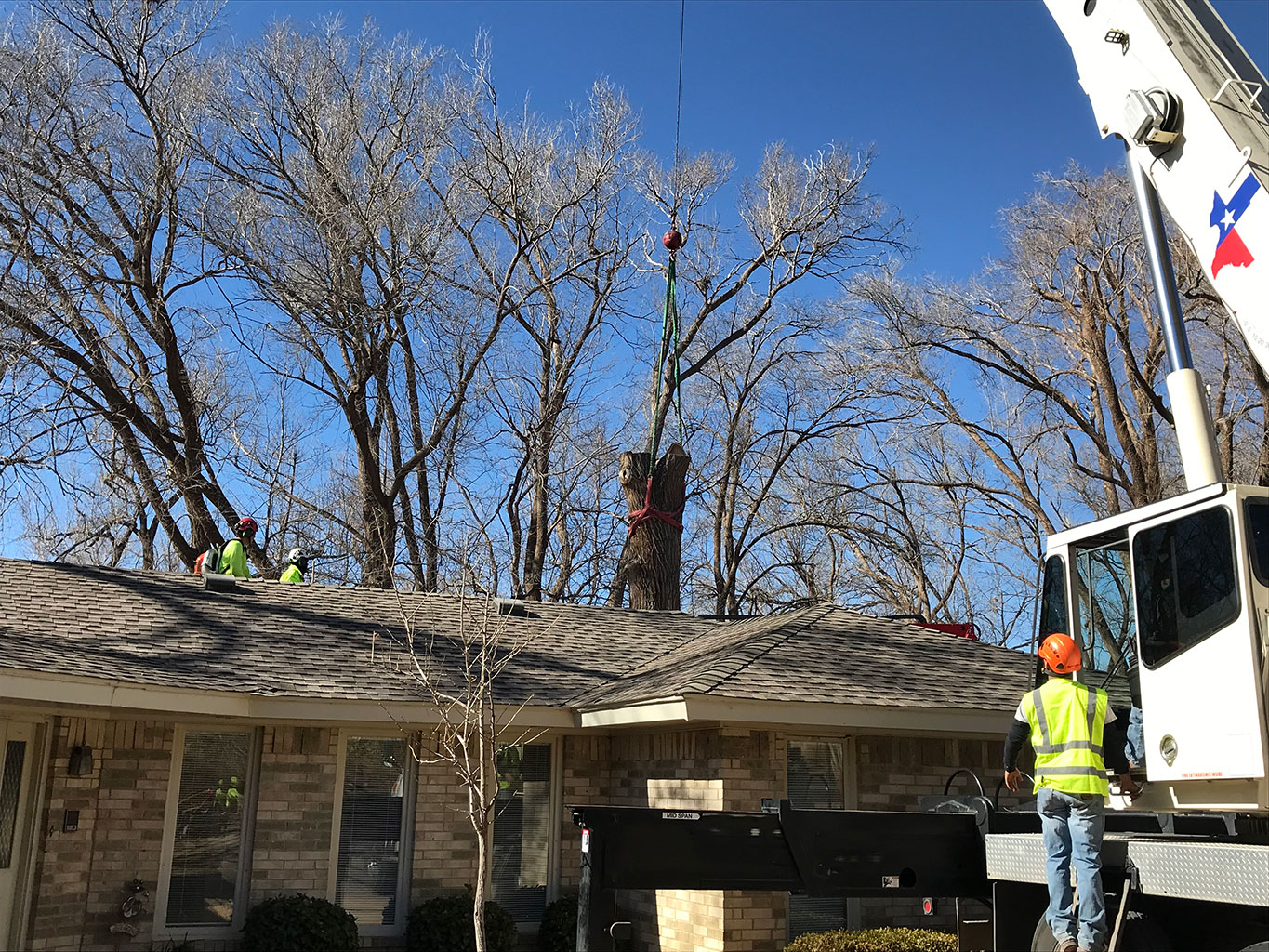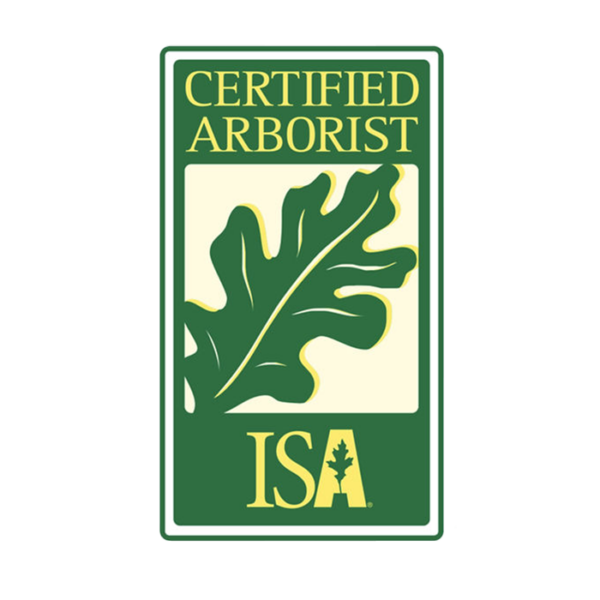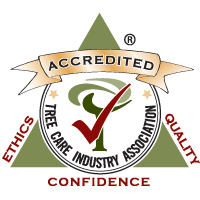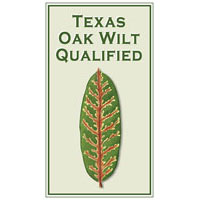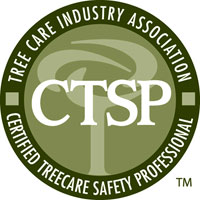The decision to remove a tree isn’t always easy, but there are many circumstances in which it is the right one. If it does need to be removed, it’s best not to wait, because the more a tree decays, the more costly and dangerous the tree removal will become. Here are some signs that your tree may need to come down and how to respond if a tree is showing these worrisome symptoms.
1. The Tree Has a Compromised Trunk
A compromised trunk can be a serious problem—and not readily apparent at first. Trees can continue living for years despite decaying internally, though they will eventually collapse. Cracks or splits, large wounds, and dead branch stubs are signs of internal decay to watch out for. Additionally, multi-trunk trees are at higher risk of failure during weather events.
In severe situations, internal decay may lead to a hollow trunk. Removal of trees where a third or more of the interior is rotted or hollow is generally recommended.
2. The Tree Is Infected
Diseases can strike a tree, making it structurally unsound and, in some cases, causing the tree to die. TreeHelp.com has put together a massive list of different diseases that may afflict a tree. Rotting is an obvious sign that a tree may be diseased. Other possible warning signals include fungi, crumbling wood, and leaves that are discolored or misshapen.
3. The Tree Has Developed a Lean
A leaning tree can also be a cause of concern, though leaning trees are not necessarily dangerous. The University of Florida’s horticulture program recommends having leaning trees checked carefully, especially if they are “leaning toward a structure” or where people might be present. For instance, a tree leaning toward a sidewalk should certainly be examined. An experienced ISA Certified Arborist can help determine if the lean is recent or has been present for many years.
4. There Are Problems with the Roots
Problems with a tree’s root system can be particularly tough to spot; however, the task is not impossible. The presence of fungi near the tree’s base is one signal the roots may be in distress. Another is the soil being pushed up. Additionally, keep an eye out for trees that are surrounded by new soil: According to the Morton Arboretum, these trees’ roots may have trouble gaining enough oxygen. On the other hand, removing topsoil can also damage roots.
5. Epicormic Shoots Emerge
Epicormic shoots occur as new growth at the base of a tree. They are sprouts, and they may be a sign the tree is stressed and in need of evaluation.
6. The Tree’s Location Is a Problem
Sometimes the problem is with the tree’s location rather than the tree itself. For example, a tree growing too close—or even into—a power line could require removal. The same goes for trees that are too close to structures. Trees that overhang houses and other buildings may pose a threat.
7. Dead Branches in the Crown
The crown may contain another warning sign Watch out for dead branches. Even if there aren’t enough dead branches to call for the complete removal of a tree, they can pose a danger because they are prone to falling, especially after storms or snowfall/ice.
The Next Steps to Take
So, what should you do if you’re concerned your tree is in trouble? We recommend contacting an ISA Certified Arborist to set up an examination. It is possible that your tree does not need removal, but either way, a professional should be involved in the process. If removal is necessary, keep in mind that attempting to remove a tree on your own can be quite dangerous. Among other factors, trees and their branches can be quite heavy and hazardous for the untrained.
For professional help, Hildebrandt Tree Tech has multiple ISA Certified Arborists on staff as well as a Tree Risk Assessment Qualified Arborist. Our team of certified arborists and tree removal professionals can examine your tree, recommend and execute a course of action—with many jobs taking only a single day. To learn more about our capabilities, check out this page. You can get in touch by calling us at 806-441-7722 or using the form on our contact page.
We look forward to being a tree care resource for you!

